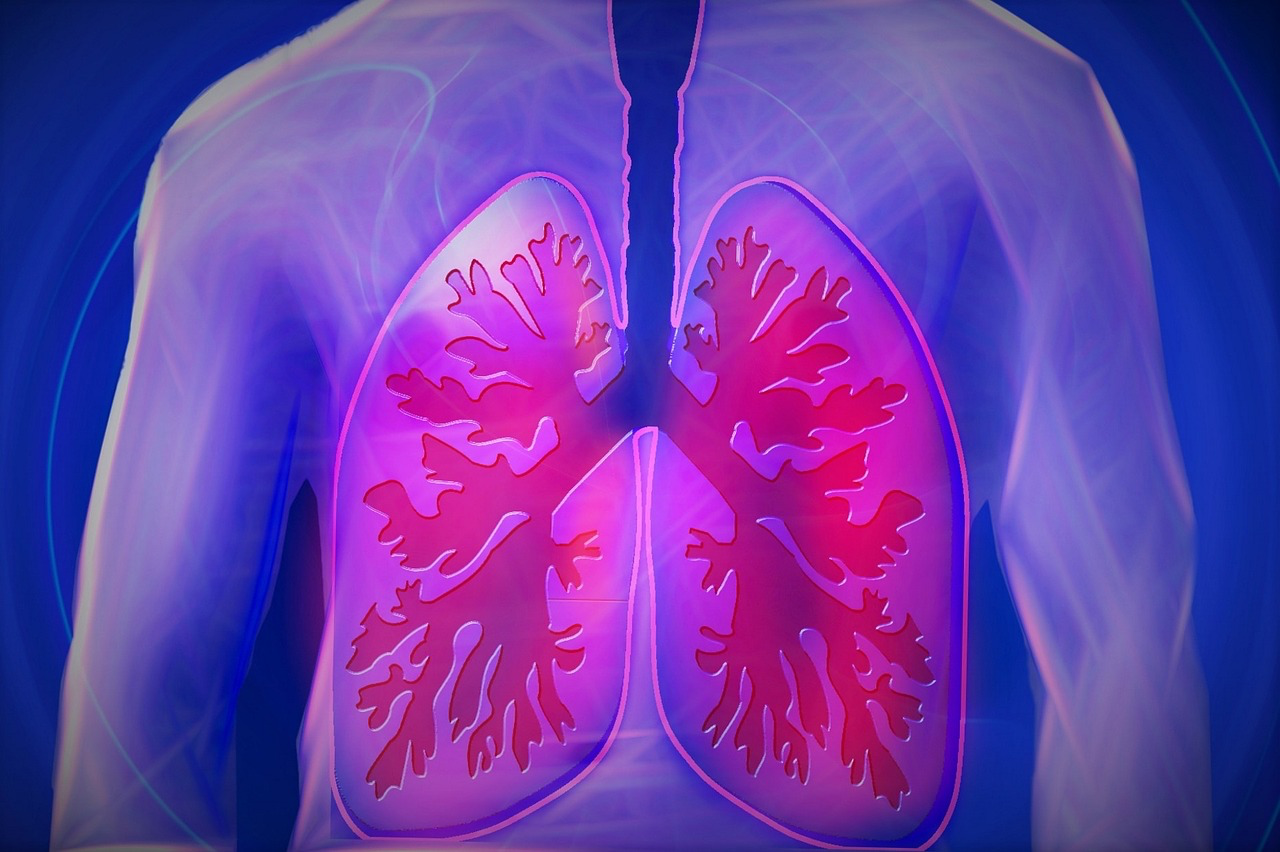By The Society for Women’s Health Research and The American Lung Association
Lung cancer is a life-changing diagnosis that effects one in every 17 women.1 However, early detection methods and new treatment options are delivering the promise of improved survival rates and even the possibility of a future cure. But are you at risk? Should you be screened? And what are the treatment options if you’re diagnosed? These are questions every woman should consider.
Risk Factors Most women may not think they are at risk of lung cancer, but the truth is that for women, the lifetime risk of dying from lung cancer is 82 percent greater than the risk of dying from the next most likely cancer, breast cancer.1
It’s widely known that smoking is the leading cause of lung cancer. However, smoking is not the only cause – anyone can get lung cancer. About two-thirds of lung cancer diagnoses are in never-smokers and former smokers.2 Other known causes include exposure to secondhand smoke, air pollution, radon, and asbestos. Genetic factors also may play a role in one’s chances of developing lung cancer.
Screening
Early detection and treatment of lung cancer translates to higher survival rates. Unfortunately, most lung cancer cases are not diagnosed until later stages when treatment options are limited. Screening those at high-risk by low-dose computed tomography (CT), an imaging test that creates detailed scans of areas inside the body, can find cases earlier and so reduce mortality. Currently, CT screening is only recommended for those who meet all three of these criteria and are at high risk for lung cancer:
- current or former smokers who quit less than 15 years ago,
- with a smoking history of 30 pack years or more (2 packs a day for 15 years, 1 pack a day for 30 years, et cetera), and
- ages 55 to 80 years.3
Treatment Options If you are diagnosed with lung cancer, there are several treatment options available. Many promising new treatments have recently been approved, and more are on the horizon. You should talk to your healthcare provider about all of the treatment options available to you.
You may receive several different types of treatment for lung cancer. Each treatment option has potential side effects, which usually can be managed. Once your healthcare provider has determined your lung cancer profile, they will present you with one or a combination of the following options:
- Surgery – Surgery is not an option for all lung cancer patients. Surgery involves removing part or all of the lung.
- Radiation Therapy – Lung cancer radiation therapy uses powerful, high-energy X-rays to kill cancer cells or stop them from growing.
- Chemotherapy – Chemotherapy for lung cancer is used at different points in treatment to achieve different goals such as shrinking the tumor, killing any leftover cancer cells, or relieving lung cancer symptoms.
- Targeted Therapy – Tumor testing shows if a lung cancer tumor has a certain change or mutation that is making it act abnormally. Targeted therapies “target” these mutations in different ways.
- Immunotherapy – Immunotherapy uses medicine to activate a patient’s own immune system to recognize and kill cancer cells. So far, immunotherapy only has been approved to treat some forms of non-small cell lung cancer (NSCLC). However, research is advancing every day.
- Clinical trials – Clinical trials are regulated research studies that try to find better ways to prevent, screen for, diagnose, or treat a disease. Consider clinical trials as soon as you are diagnosed and every time you have to make a treatment decision.
- Palliative or Supportive Care – This medical specialty is focused on relieving pain, stress, and other symptoms to improve your quality of life. Palliative care can be a part of your treatment plan at any stage of your lung cancer journey.
The lung cancer treatment options that are available to you are determined by your lung cancer type, stage, and treatment goals. It’s important to take an active role and work with your care team to make decisions about your lung cancer treatment together.
Resources
To learn more, visit the lung cancer section of the American Lung Association’s website to access the Lung Cancer Toolkit, interactive videos, resource library, and comprehensive information about the lung cancer experience. The American Lung Association’s LUNG FORCE is an initiative to unite women against lung cancer and for lung health. LUNG FORCE works to increase awareness and understanding about the disease, provide patient advocacy and support, and fight for increased funding for lung cancer research.
Battling lung cancer is a critical priority for the Society for Women’s Health Research and our ongoing mission to advance the cause of women’s health. We urge women to take the risk of lung cancer seriously. Lung cancer is the number-one cancer killer of women in America. Learn more and take action!
References:
1. U.S. National Institute Of Health. National Cancer Institute. SEER Cancer Statistics Review, 1975–2013.
2. Centers For Disease Control And Prevention. Cigarette Smoking Among Adults — United States, 2006. Morbidity and Mortality Weekly Report. 2007; 56(44):1157-61.
3. U.S. Preventive Services Task Force. Screening for Lung Cancer: U.S. Preventive Services Task Force Recommendation Statement. AHRQ Publication No. 13-05196-EF-3. http://www.uspreventiveservicestaskforce.org/uspstf13/lungcan/lungcanfinalrs.htm.
